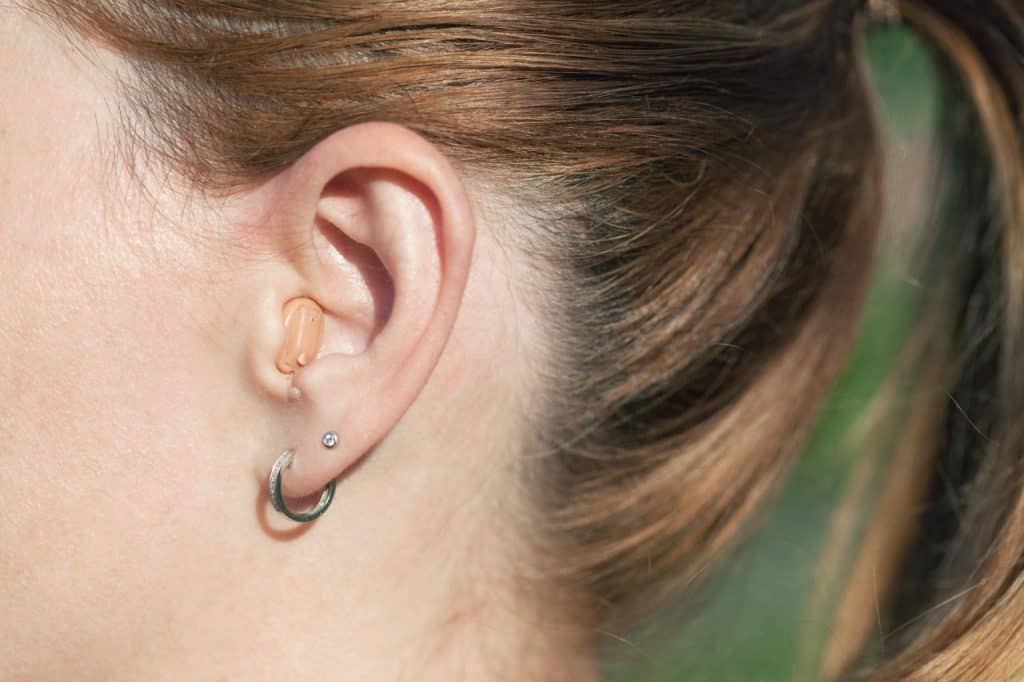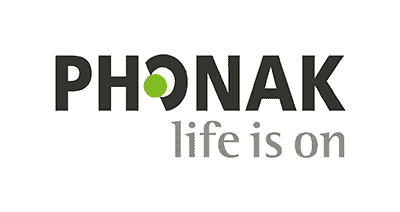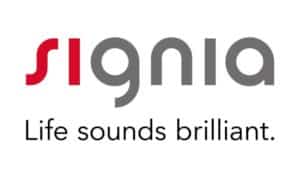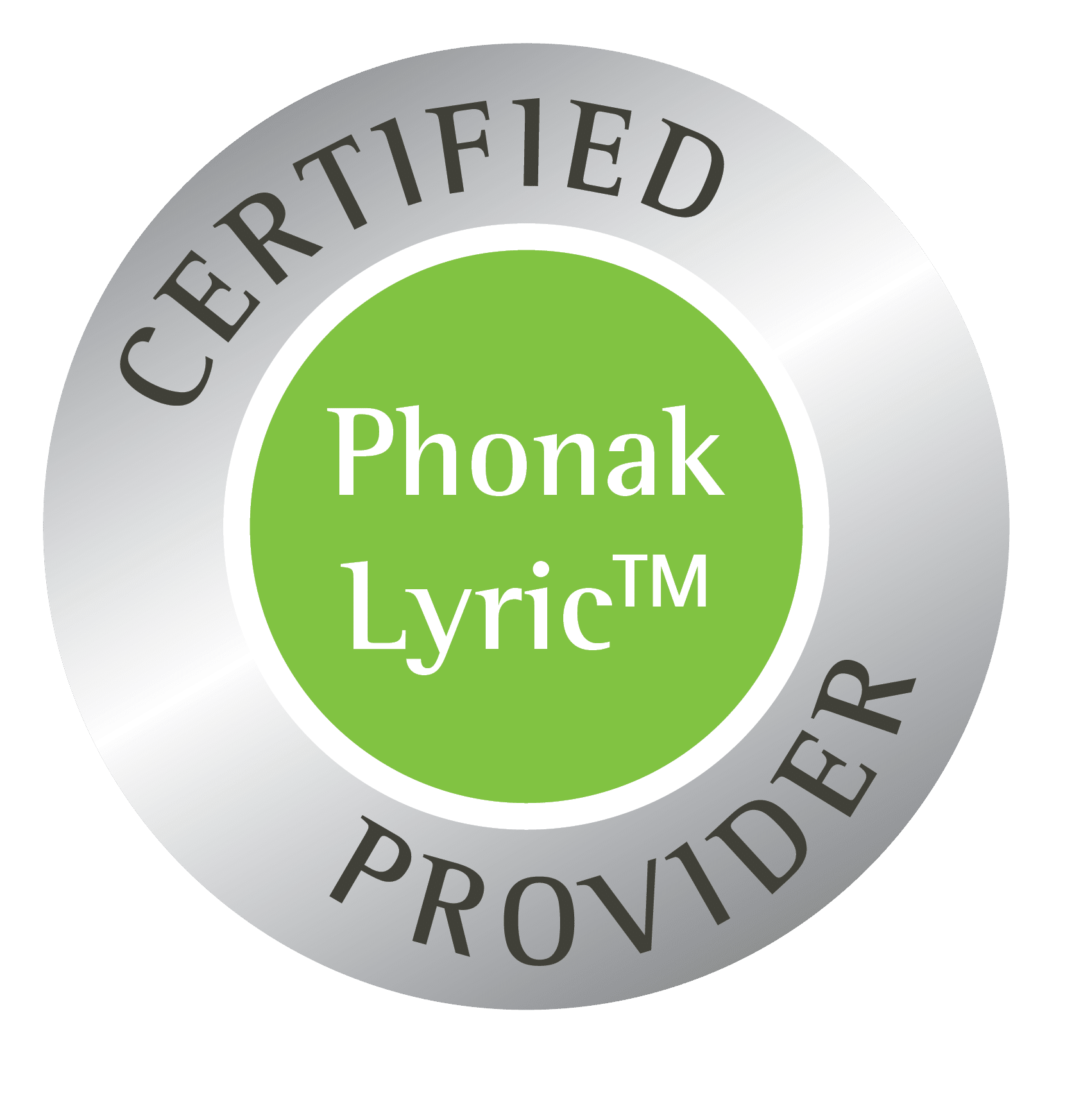The Best Hearing Aids On The Market For 2024

Hearing loss can make life much more challenging. Keeping up with conversations, following along with a movie or sports games, hearing the phone ring, or even enjoying the sounds of nature can all become daunting tasks when you’re struggling with hearing loss.
That’s why the hearing aids that you choose make all the difference in your daily life. You shouldn’t have to struggle to hear on the phone, at noisy restaurants, family gatherings, or even concert venues.
Finding the right hearing aid in today’s market can be tough. There are so many companies advertising all the bells and whistles that it can be a bit overwhelming.
So we’re going to tell you what you should be looking for in your next set of hearing aids and review some of the best out there to help you make an educated decision.
If you want to learn more about hearing aids, check out our resources:
What to Look for When Purchasing Hearing Aids
There’s much more to think about these days when purchasing hearing aids. With technological advances comes a greater variety of features capable of fitting a wide range of listening needs. With all the new and improved choices out there now, it can be difficult to make the right decision, so here are a few things to keep in mind during your search:
Programmability
You may not need a state-of-the-art hearing aid to get the job done, but you do need to have programmability. After all, it’s the primary difference between a personal amplifier and a hearing aid.
Your hearing aid should be programmed to your hearing levels to enhance sounds specific to your hearing loss. Otherwise, all sounds will be amplified in the same manner, which won’t do you any favours. At Hearing & Audiology, we only ever fit hearing aids that are programmable to our clients’ hearing levels.
Your Lifestyle
From behind-the-ear to in-the-ear, hearing aids come in all different shapes and sizes. The extent of your hearing loss may limit the styles you can choose from. Of course, you want something functional in both appearance and performance that will fit into your daily activities. Your lifestyle also plays a big role in deciding whether you would benefit more from a hearing aid behind your ear or in your ear. For example, someone who bike rides frequently may benefit more from in-the-ear devices which interfere less with a helmet and sunglasses. Alternatively, someone who lives a very busy lifestyle and receives multiple calls per day may prefer a receiver-in-canal device with state-of-the-art bluetooth connectivity so that they can stream their phone calls and activate their voice assistant using their hearing aids.
Directional Microphones
The main reason that people invest in hearing aids is to hear and understand others’ speech, especially in noisy environments. This is where directional microphones may help come in. Hearing aids with directionality are built with two or more microphones positioned at certain distances from each other. This provides a contrast in the arrival time of sound to each individual microphone, which dictates the reaction to those sounds. This way, your hearing aids can target the sound source that is closest to you, such as the person speaking to you.
Most traditional hearing aids use directional microphones to help people hear in noise, although new technology is moving away from this idea and allowing users to hear the full sound scene (i.e. sounds from the front, back, and sides) for better awareness and improved sound signals to the brain.
Minimization of Background Noise
Background noise along with feedback suppression is typically built into all-digital hearing aids. However, it’s still something you want to double-check when making your decision. All hearing aid models come in different levels of technology and one of the biggest differences between the levels of technology is how well the hearing aid reduces background noise. Generally speaking, the more advanced or expensive the hearing aid is, the better its noise reduction features will be.
Wireless Connectivity
We live in a digital world where we’re always connected. If you own a smartphone, you’ll want to make sure your hearing aids are compatible with it. This way you can stream your music and telephone calls directly to your hearing aids for greater sound quality.
You’ll also be able to use your smartphone as a remote for your hearing aids, where you can control the volume and other settings.
Battery Options: Rechargeable vs Disposable
All hearing aids are battery-operated, so choosing the right option for you is important. Hearing aid batteries are either disposable (replaced every 4-14 days, depending on their size) or rechargeable (charged daily in a charger). It is often a personal preference as to which batteries you choose. While rechargeable batteries are more convenient and easy to manage, they are more expensive upfront so this is also something to consider. Environmentally, rechargeable is a more favourable option. Rechargeable batteries roughly take three hours to reach full charge, so charging can be done overnight. If opting for rechargeable, you should check that the batteries are lithium-ion.
The Best Hearing Aids on the Market
Hearing aids technology is continually evolving and most hearing aid manufacturers release new hearing aid models every 12-18 months. Below is a list of the latest hearing aids available as of July 2021.
The idea behind the new ‘Oticon More’ is that the brain needs input from sounds all around the wearer, including background sounds, to make proper sense of sound. This moves away from traditional ‘directional’ hearing aids which focus on speech coming from the front. The new ‘Oticon More’ has been trained with 12 million real-life sounds to help the wearer’s brain recognise all kinds of sound in a very natural and clear way, allowing the wearer to hear more in every listening situation. Oticon More comes with hassle-free and easy-to-use rechargeable batteries and in a selection of colours, including a hot pink colour! Oticon More is compatible with iOS and selected Android models, as well as the Oticon On App.

The new Phonak Paradise continues to deliver crisp and clear sound in a number of different listening environments, including noisy ones. A new feature available in the Phonak Paradise is the ‘Tap Control’ which allows wearers to answer phone calls, stream music, and activate voice assistants like Siri and Google with a double-tap of their ear. Phonak Paradise is available with rechargeable or disposable batteries. Phonak Paradise is compatible with iOS and Android, as well as the My Phonak App.

Unitron’s latest technology is the Moxi Blu, which was released in 2021. Moxi Blu hearing aids have been designed to automatically adjust to the wearer’s listening environment, whilst enhancing speech and minimising noise. Moxi Blu also allows for Tap Control features in their rechargeable hearing aids, meaning the wearer can answer calls and activate their voice assistant with a double-tap of their ear. Moxi Blu is compatible with iOS and Android, as well as the Unitron Remote Plus App.

Widex’s latest product is the Widex Moment, which is said to ‘change the game’ by delivering the purest and natural sound. Normally, sound from a hearing aid reaches the eardrum slightly later than sounds heard directly by the ear; when these two sounds are out of sync, the signals mix to produce an artificial sound. The Widex Moment is said to overcome this phenomenon, so wearers hear sounds like they once used to before hearing aids. Widex’s recharger (for their rechargeable hearing aids) doubles as a cleaning unit, using UV light to clean and sanitise the hearing aids whilst charging them.

Signia’s latest product is known as ‘Augmented Xperience’ more easily known as AX, or Pure AX. This product uses proprietary ‘Augmented Focus’ technology contains two processors which work in parallel, with one processing speech, and the other processing background noise. When this is done, a clear contrast between speech and background noise is created. The speech and noise are then re-combined and given back to the wearer; the speech is delivered to the client with excellent clarity while the noise is given back to the client in a meaningful way so that the background sound is enjoyable, not overwhelming. Signia products also use ‘Own Voice Processing’ technology which helps to normalise the wearer’s own voice. Signia products are compatible with iOS products and can be controlled using the Signia App.

Starkey’s latest product is known as Livio Edge AI, and it is one of the first hearing aids on the market to utilise artificial intelligence to provide an excellent hearing for the wearer. Livio AI can track both body and brain functions; it provides a ‘body score’ which is a combination of steps and body movements, as well as a ‘brain score’ which measures social engagement and hours of active listening. The Livio AI also has a ‘falls detector’ which alerts loved ones if it detects a fall by the wearer. Livio Edge AI is compatible with iOS and Android, as well as the Thrive App.
Your Life, Your Ears
Remember, it’s important to choose your hearing aids based on your lifestyle. It’s best to work with a specialist that can help you choose the right hearing aids for you.
We don’t want you to have to live in a world without sound, that’s why our highly experienced hearing specialists are here to work with you and help guide you in this great decision. Book an appointment with us today.


